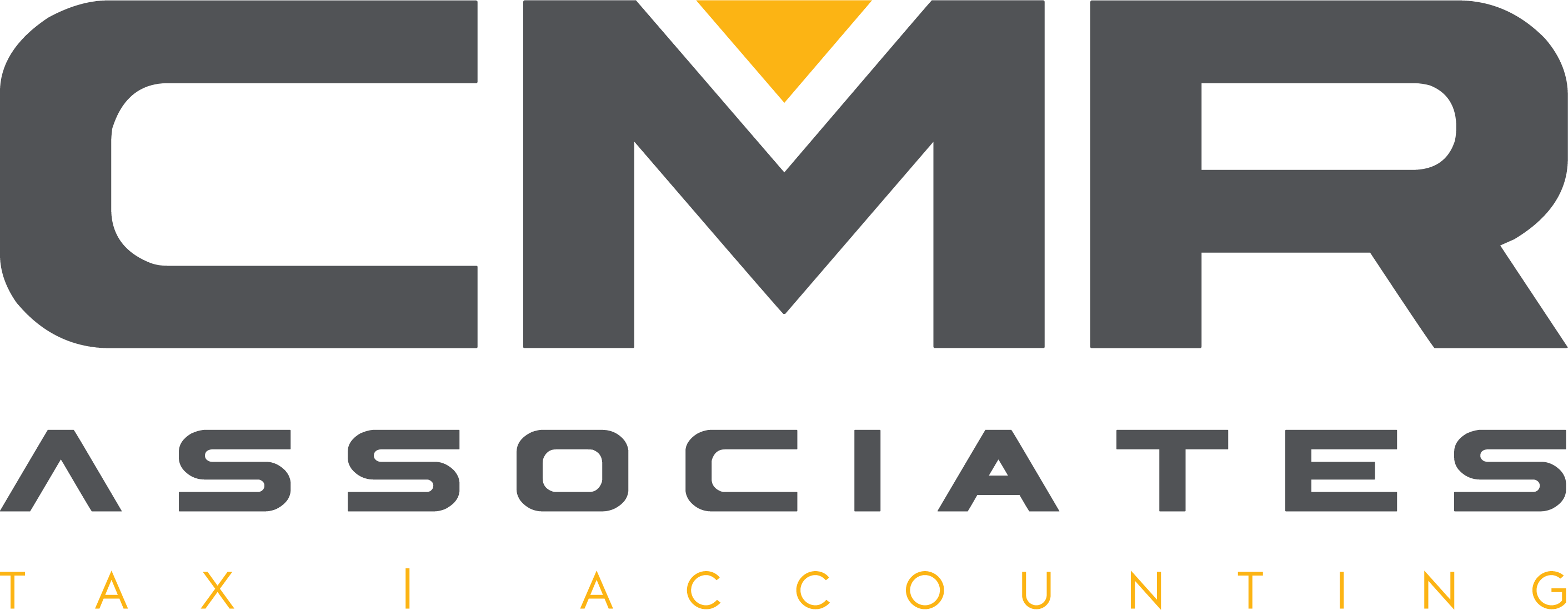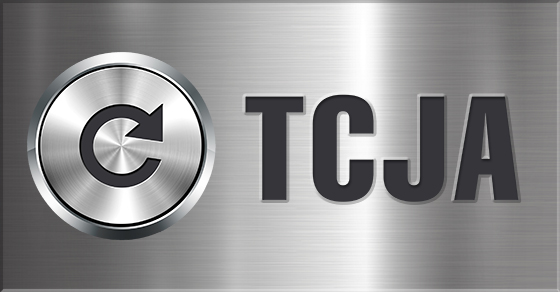
What will your marginal income tax rate be?
While the Tax Cuts and Jobs Act (TCJA) generally reduced individual tax rates for 2018 through 2025, some taxpayers could see their taxes go up due to reductions or eliminations of certain tax breaks — and, in some cases, due to their filing status. But some may see additional tax savings due to their filing status.
Unmarried vs. married taxpayers
In an effort to further eliminate the marriage “penalty,” the TCJA made changes to some of the middle tax brackets. As a result, some single and head of household filers could be pushed into higher tax brackets more quickly than pre-TCJA. For example, the beginning of the 32% bracket for singles for 2018 is $157,501, whereas it was $191,651 for 2017 (though the rate was 33%). For heads of households, the beginning of this bracket has decreased even more significantly, to $157,501 for 2018 from $212,501 for 2017.
Married taxpayers, on the other hand, won’t be pushed into some middle brackets until much higherincome levels for 2018 through 2025. For example, the beginning of the 32% bracket for joint filers for 2018 is $315,001, whereas it was $233,351 for 2017 (again, the rate was 33% then).
2018 filing and 2019 brackets
Because there are so many variables, it will be hard to tell exactly how specific taxpayers will be affected by TCJA changes, including changes to the brackets, until they file their 2018 tax returns. In the meantime, it’s a good idea to begin to look at 2019. As before the TCJA, the tax brackets are adjusted annually for inflation.
Below is a look at the 2019 brackets under the TCJA. Contact us for help assessing what your tax rate likely will be for 2019 — and for help filing your 2018 tax return.
Single individuals
10%: $0 – $9,700
12%: $9,701 – $39,475
22%: $39,476 – $84,200
24%: $84,201 – $160,725
32%: $160,726 – $204,100
35%: $204,101 – $510,300
37%: Over $510,300
Heads of households
10%: $0 – $13,850
12%: $13,851 – $52,850
22%: $52,851 – $84,200
24%: $84,201 – $160,700
32%: $160,701 – $204,100
35%: $204,101 – $510,300
37%: Over $510,300
Married individuals filing joint returns and surviving spouses
10%: $0 – $19,400
12%: $19,401 – $78,950
22%: $78,951 – $168,400
24%: $168,401 – $321,450
32%: $321,451 – $408,200
35%: $408,201 – $612,350
37%: Over $612,350
Married individuals filing separate returns
10%: $0 – $9,700
12%: $9,701 – $39,475
22%: $39,476 – $84,200
24%: $84,201 – $160,725
32%: $160,726 – $204,100
35%: $204,101 – $306,175
37%: Over $306,175




